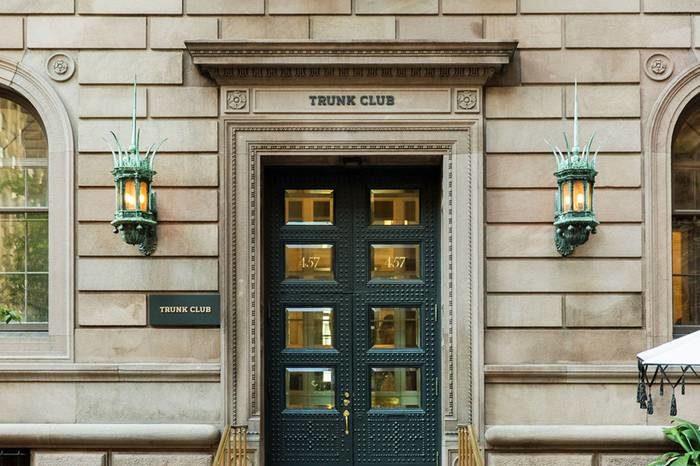BEST ONLINE RETAILER: TRUNK CLUB’S PLAN TO TURN ITSELF INTO A BILLION DOLLAR BUSINESS


Some background: Spaly launched the men’s pant brand Bonobos out of his dorm room because he couldn’t find anything like it: flattering pants in different fits. The brand is still quite successful (and has expanded way beyond pants), but it didn’t start a revolution. Trunk Club did.
Since its launch in 2009, the concept of sending men a personalized package of goods selected specifically for each has been repeated with varying levels of success. But Trunk Club’s unswerving commitment to service has set them apart. “I think customers continue to vote with their pocketbooks. When it comes to super-fast, faceless service showing up at your door, Amazon is winning that contest. But we’re at the forefront of offering a richer, more customized connection, a relationship where customers can engage more personally. Our mission: to provide top-shelf service in a way that inspires people. We connect not just on the customers’ terms, but also through the channels that work best for them. That hasn’t changed in the years we’ve been running this business.”
Indeed, as the fortunes of both independent retailers and department stores are foundering, the challenge to keep up with retail’s rapid transformation has been significant. With a view to that challenge, Nordstrom acquired Trunk Club in 2014. “Nordstrom’s commitment to us, among many other initiatives they’re engaged in, proves them to be among the most forward thinking of the major players,” Spaly maintains.
 Being part of Nordstrom has changed Spaly’s life drastically. “My job has evolved from being a pioneer on the leading edge of an unproven space to navigating that into a billion-dollar business over the the next five years. And to do that within the Nordstrom structure: online, offline, full-price, off-price and globally. Trunk Club sits in between online and off-line as a sort of high-end, experience-driven concept so it’s a really exciting time to be with the company,” he says. “There are challenges, but I firmly believe that with Nordstrom, we have this incredible opportunity to become the preeminent provider of stylist-driven, assisted commerce.”
Being part of Nordstrom has changed Spaly’s life drastically. “My job has evolved from being a pioneer on the leading edge of an unproven space to navigating that into a billion-dollar business over the the next five years. And to do that within the Nordstrom structure: online, offline, full-price, off-price and globally. Trunk Club sits in between online and off-line as a sort of high-end, experience-driven concept so it’s a really exciting time to be with the company,” he says. “There are challenges, but I firmly believe that with Nordstrom, we have this incredible opportunity to become the preeminent provider of stylist-driven, assisted commerce.”
With revenue in the hundreds of millions and new brick-and-mortar stores opening in Boston, Charleston, and San Francisco this year, those challenges are not immediately apparent. “With any business that has gone from hundreds of customers to hundreds of thousands of customers and over a thousand team members, challenges come with this change in scale. These include inventory management and personnel challenges like how to build a first-class, high-performing team. And growing pains: we continue to grow rapidly in Manhattan, and have a large new space in LA which has an entirely different fashion sensibility. So we have to constantly learn what kind of merchandise new customers want.”
For all of Trunk Club’s success, Spaly isn’t resting on his laurels. “Right now, we might have reached five percent of our potential market, so there’s still 95 percent of the people out there who don’t know what it’s like to come to Trunk Club. What we see now is only the beginning of what technology will have to offer. On the one hand, we’re competing with the Banana Republics, J. Crews and Men’s Wearhouses of the world, but we prefer to compare ourselves to companies like eBay, Facebook and Google. The real key for us is attracting talent from these types of companies, to present engineering and technology challenges interesting enough to attract first-class engineers who will want to build things for us. Technology is such an important part of what we do, and technology in startups moves so much faster than in retail and apparel. So while we’re certainly competing with apparel stores, I look to my contemporaries in the tech startup world for inspiration to move even faster. It’s a healthy challenge to face.”












